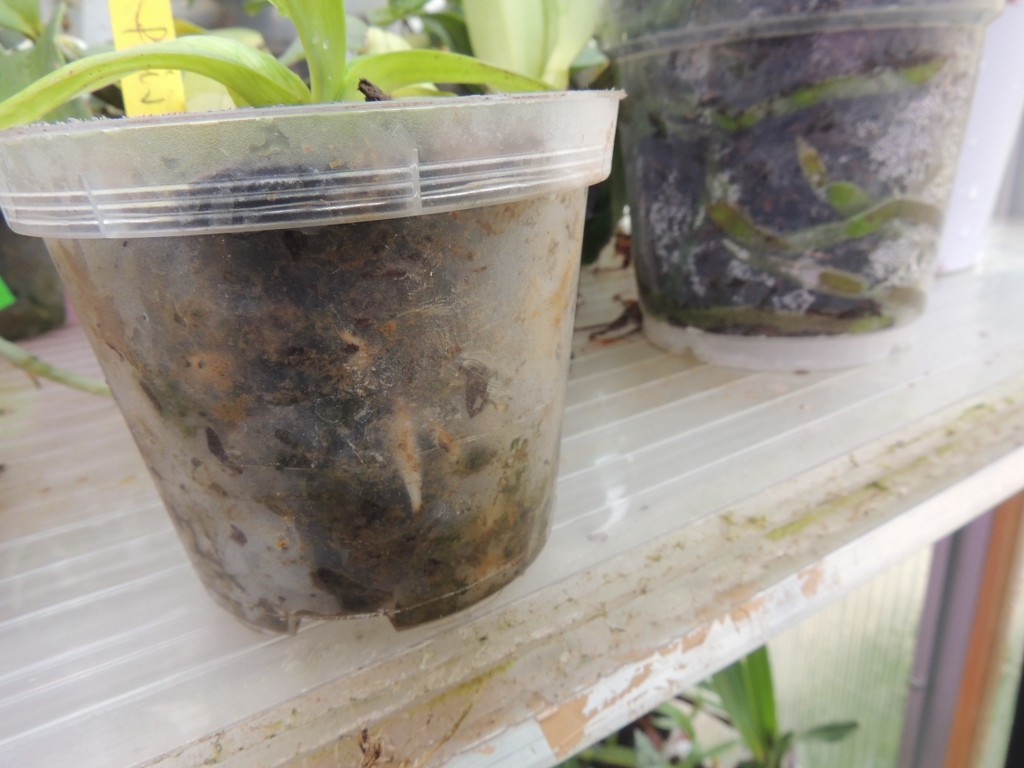- Joined
- Dec 16, 2009
- Messages
- 3,992
- Reaction score
- 4,719
I used this formula, original K-lite:
K-lite:
14 N : 1 E ( 27%)
Ca/N: 2 E ( 42/20 %)
Wuxal (NPK= 8/8/6): 2 E (16/16/12%)
Mg 4% : 4 E (16%)
Fe 20x dil., 0,5 E
Mn 20x dil: 0,25E
Zn: 20xdil.: 0,25 E
B : 20x dil.: 0,2 E
My experiences next: in firs time plants were very happy: root formation was incredible, but: some months later despite of srtong rooting plants stopped and leaves became yellowing. I looked after: much Ca causes Mg deficiency. I reduced Ca ( with 50 %) and increased Mg ( with 25%) and increased K ( with 100%). Leaves begun to become much greener. Any experience?
K-lite:
14 N : 1 E ( 27%)
Ca/N: 2 E ( 42/20 %)
Wuxal (NPK= 8/8/6): 2 E (16/16/12%)
Mg 4% : 4 E (16%)
Fe 20x dil., 0,5 E
Mn 20x dil: 0,25E
Zn: 20xdil.: 0,25 E
B : 20x dil.: 0,2 E
My experiences next: in firs time plants were very happy: root formation was incredible, but: some months later despite of srtong rooting plants stopped and leaves became yellowing. I looked after: much Ca causes Mg deficiency. I reduced Ca ( with 50 %) and increased Mg ( with 25%) and increased K ( with 100%). Leaves begun to become much greener. Any experience?
















































